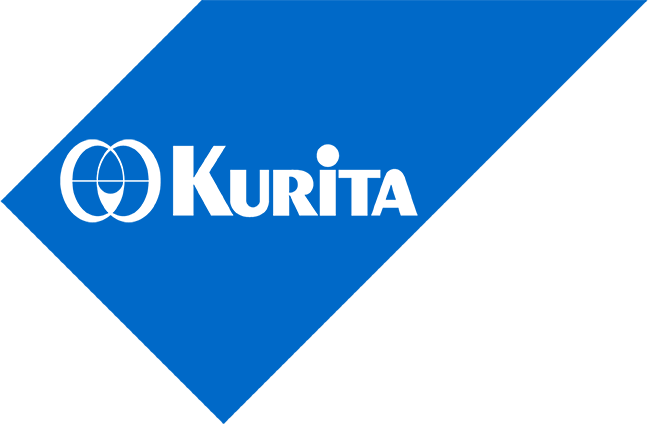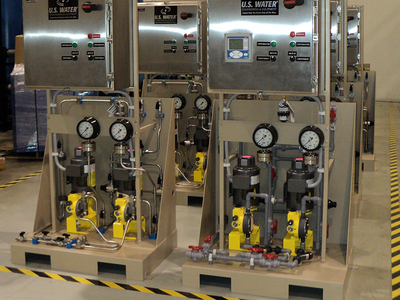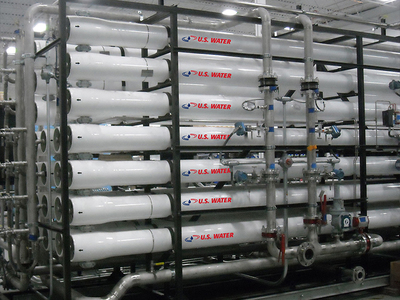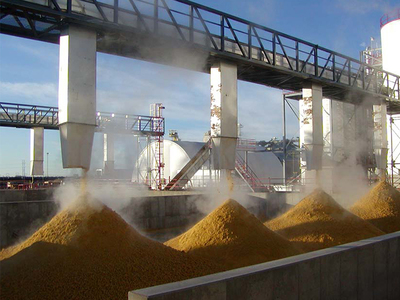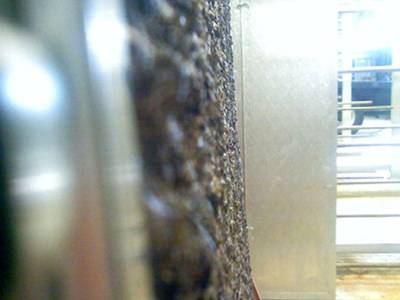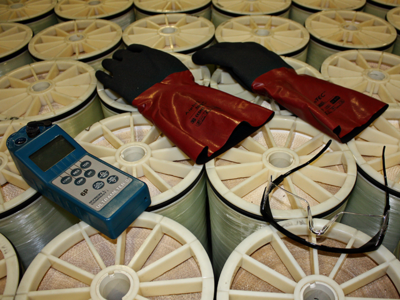Chemical Feed Skid Considerations for the Oil and Gas Industry
Chemical feed skids offer reliable and consistent dosing of chemicals into process applications. When designed correctly, chemical feed skids have the ability to increase system productivity by maximizing operating costs and reducing chemical costs. Available in hundreds of configurations, U.S. Water's chemical feed skids are customized to meet each facility's unique application and specifications. There [...]
